Signs You May Urgently Need a Tooth Extraction


Signs of Potential Extraction
Identifying the signs that may indicate the need for a tooth extraction is crucial for maintaining oral health. There are several indicators, particularly related to severe tooth decay and overcrowding.
Severe Tooth Decay Indicators
Severe tooth decay can lead to irreversible damage, necessitating extraction. Signs of significant decay include intense pain, visible holes in the teeth, and discoloration. When tooth decay is left untreated, it can progress to pulp infection, requiring extraction to prevent further complications.
For individuals experiencing symptoms of tooth decay, it is essential to visit a dental professional for an assessment. Regular check-ups can help detect early signs of decay and avoid more severe issues. For more information on preventing decay, consult our guide on common reasons for tooth decay.
Overcrowding Effects
Overcrowding occurs when there is insufficient space for teeth in the mouth, often due to a small jaw or crooked teeth. This can lead to pain, difficulty chewing, and alignment issues. In many cases, extracting one or more teeth may be necessary to create space for orthodontic treatment, improving both function and appearance of the teeth.
The following table outlines the causes and effects of overcrowding:
CauseEffectsSmall JawPain and discomfort while eatingCrooked TeethIncreased risk of cavitiesLack of SpaceMisalignment of teeth
Overcrowding is a common reason for tooth extraction. Proper dental assessment can provide guidance on the necessity of extraction for alignment purposes. For more on managing teeth effectively, explore our article on how to take care of your teeth daily?.

Tooth Damage Situations
When assessing the need for a tooth extraction, two common situations arise related to tooth damage: cracked or fractured teeth and impacted wisdom teeth. Understanding these conditions can help in identifying the signs you may need a tooth extraction.
Cracked or Fractured Teeth
Cracked, fractured, or broken teeth can result from various factors, including trauma, biting hard foods, or underlying dental issues. When the damage is significant and cannot be repaired with bonding or a dental crown, extraction may become necessary. This is particularly true if the breakage occurs near the gum line and there is insufficient structure available for restoration [1].
Type of Tooth DamagePossible OutcomesMinor CrackMay be repairable with bonding or fillingModerate FractureMight require a crownSevere DamageExtraction often necessary
If the fracture extends toward the root, causing looseness or significant pain, extraction is likely required to alleviate discomfort and prevent further infection. In cases of severe tooth decay where traditional treatments are ineffective, extraction may also be recommended [2].
Impacted Wisdom Teeth
Impacted wisdom teeth are another prevalent issue that can necessitate extraction. These are teeth that do not have enough space to emerge properly, which can lead to infection, pain, and misalignment of other teeth. As wisdom teeth are the last to erupt, usually in late teens or early twenties, the limited space in the mouth often results in their being trapped beneath the gum line.
Impacted wisdom teeth can cause:
If a dentist determines that the wisdom teeth pose a threat to overall dental health or if they become severely impacted or infected, extraction may be the best course of action. For more information on taking care of your teeth, including the prevention of conditions that lead to extraction, check out our guide on how to take care of your teeth daily?.

Gum Disease Implications
Gum disease can have significant consequences for oral health, often leading to severe conditions that may necessitate tooth extraction. Understanding the implications of gum disease, particularly periodontitis and severe gum infections, is important for maintaining healthy teeth and gums.
Periodontitis Effects
Periodontitis is a serious form of gum disease characterized by inflammation and infection of the gums. As the infection progresses, it can lead to severe damage to the soft tissue and bone that support the teeth. In some cases, the gums become so weakened that they can no longer hold the teeth securely, resulting in looseness.
When faced with advanced periodontitis, tooth extraction may be necessary to prevent further damage to the surrounding gums and bone structure. The extraction may be the only viable solution to stop the progression of gum disease and protect other teeth from similar deterioration. In severe instances, untreated periodontitis can result in tooth loss or the need for extractions for multiple teeth.
Effect of PeriodontitisDescriptionGum InfectionLeads to inflammation and weaken the support of teethBone LossDestruction of the bone supporting teeth, causing loosenessTooth MobilityIncreased risk of tooth extraction when teeth loosen excessively
Severe Gum Infections
Severe gum infections can occur as a result of advanced gum disease or inadequate oral hygiene practices. These infections can cause significant pain, swelling, and adverse effects on overall health. In cases where gum infections become chronic or systemic, they can increasingly threaten tooth stability.
If a severe gum infection is not managed effectively, it can lead to the destruction of gum tissue, ligaments, and the bone structure that supports the teeth. Ultimately, this deterioration can necessitate tooth extractions to prevent the infection from spreading and causing further oral health complications.
For those experiencing gum disease symptoms, it is critical to seek professional dental advice promptly. Maintaining oral hygiene and understanding how to care for teeth daily can help mitigate the risks associated with gum disease. For strategies on maintaining healthy teeth, visit our guide on how to take care of your teeth daily?.
In summary, periodontitis and severe gum infections can significantly affect tooth health, often leading to the need for extraction. The understanding and management of these conditions are essential for preserving oral health.
Trauma and Neglect Factors
Dental health can be adversely affected by both trauma and neglect. Recognizing the signs associated with these factors is crucial for timely intervention, which may include tooth extraction.
Tooth Damage Due to Neglect
Neglecting proper oral hygiene can lead to severe tooth damage. Failing to brush and floss regularly allows plaque build-up, which can cause tooth decay and periodontal disease. If left untreated, this neglect can result in tooth abscesses or infections that may require extraction to restore oral health. A routine dental visit for timely cleaning and assessments is essential to prevent such issues. The importance of regular teeth cleaning cannot be overstressed in maintaining dental health.
Dental Hygiene ActivityRecommended FrequencyBrushingTwice dailyFlossingOnce dailyDental Check-upsEvery 6 months
Extreme pain might indicate that neglect has led to an infection that could necessitate a tooth extraction if other interventions, such as root canal treatment, are insufficient [3].
Tooth Loss from Trauma
Trauma can also lead to significant tooth loss or damage. This may occur due to accidents, sports injuries, or car accidents. Severe trauma can cause fractures or even complete tooth avulsion, necessitating an extraction to prevent complications such as infection or persistent pain. The extent of damage often determines whether extraction is necessary to maintain overall oral health [1].
Type of TraumaPotential OutcomeFallsChipped or broken teethSports InjuriesAvulsed teethCar AccidentsFractured teeth
In both neglect and trauma cases, being aware of the possible signs can help individuals seek medical advice promptly. Understanding the factors contributing to tooth health can also improve outcomes, thus safeguarding the overall well-being of the teeth. Additionally, knowledge about what to do about a chipped tooth can empower individuals to take appropriate action should damage occur.
Tooth Extraction Procedures
Tooth extraction is a significant dental procedure that requires careful consideration and planning. Understanding the various components of the extraction process can help demystify it for patients. This section covers the types of anesthesia and sedation used during the extraction as well as vital post-extraction care.
Anesthesia and Sedation
During a tooth extraction, anesthesia is essential for minimizing discomfort. Dentists use various options to ensure patients are comfortable throughout the procedure.
Type of AnesthesiaDescriptionLocal AnesthesiaNumbs the specific area around the tooth being extracted. Patients remain awake but feel no pain.General AnesthesiaPuts the patient into a sleep-like state, ideal for more complex extractions.Sedation DentistryProvides a calming effect, can be used in conjunction with additional anesthesia.
The choice of anesthesia depends on the complexity of the extraction and the patient’s anxiety levels. Additionally, sedation options may be discussed for those who might feel nervous about the procedure. For more details, visit Cleveland Clinic.
Post-Extraction Care
After the extraction, proper care is crucial for a smooth recovery. Here are some essential post-extraction care tips:
Care TipDescriptionBite on GauzePatients should bite down on gauze for about 30-45 minutes to control bleeding.Pain ManagementOver-the-counter pain relievers can help manage discomfort. Larger extractions may warrant prescribed medication.Food RestrictionsSoft foods are recommended for the first few days. Avoid hot liquids, straws, and hard foods.Oral HygieneMaintain oral cleanliness by gently rinsing with warm salt water, avoiding the extraction site.
Following these care instructions can significantly affect the recovery process. For further guidance on maintaining oral hygiene, check out how to take care of your teeth daily?.
Patients should always consult with their dental professional about specific instructions tailored to their individual situation. For those looking to understand more about dental health, explore resources on the importance of regular teeth cleaning and foods that are good for your teeth.
Dental Extraction Considerations
Reasons for Tooth Removal
Several factors may lead to the necessity of tooth extraction. Understanding these reasons can help individuals recognize the signs you may need a tooth extraction.
Reason for RemovalDescriptionTooth DecayThe most common reason globally, often progressing to the point of needing extraction if severe.OvercrowdingInsufficient space in the mouth leading to teeth impaction or difficulty aligning.Periodontal InfectionsLingering gum infection or severe gum disease that remains untreated.Severe Tooth DamageDamage that cannot be repaired through restorative methods, requiring extraction.Impacted TeethTeeth that cannot emerge properly due to being blocked by other teeth or jaw structure.
Tooth decay typically takes years to develop, starting from the enamel and moving to the roots if left untreated. If damage is too severe, extraction might be necessary, followed by restoration treatment. In cases of overcrowding, teeth may be extracted to create space for proper alignment, especially prior to orthodontic treatments. Periodontal infections can also necessitate extraction when not responsive to medications [4].
Dental Professional Roles
Tooth extractions are performed by various dental professionals depending on the case's complexity. General dentists typically handle straightforward extractions, while oral surgeons manage more complicated cases, such as impacted teeth or those involving significant damage [5].
Professional RoleResponsibilitiesGeneral DentistHandles routine extractions and basic dental issues.Oral SurgeonOperates on more complex cases that require surgical intervention.PeriodontistFocuses on extraction related to gum disease and dental implants.
If extractions are needed due to severe damage, dentists often explore other restorative options, such as crowns or root canal therapy, before considering extraction. Following extraction, replacement options might include dental implants, fixed bridges, or partial dentures. For further information on caring for teeth and ensuring their health, consider reading how to take care of your teeth daily? and the importance of regular teeth cleaning.
References
[2]:
[3]:
[4]:
[5]:

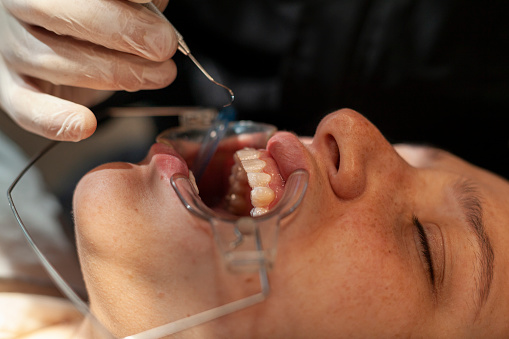



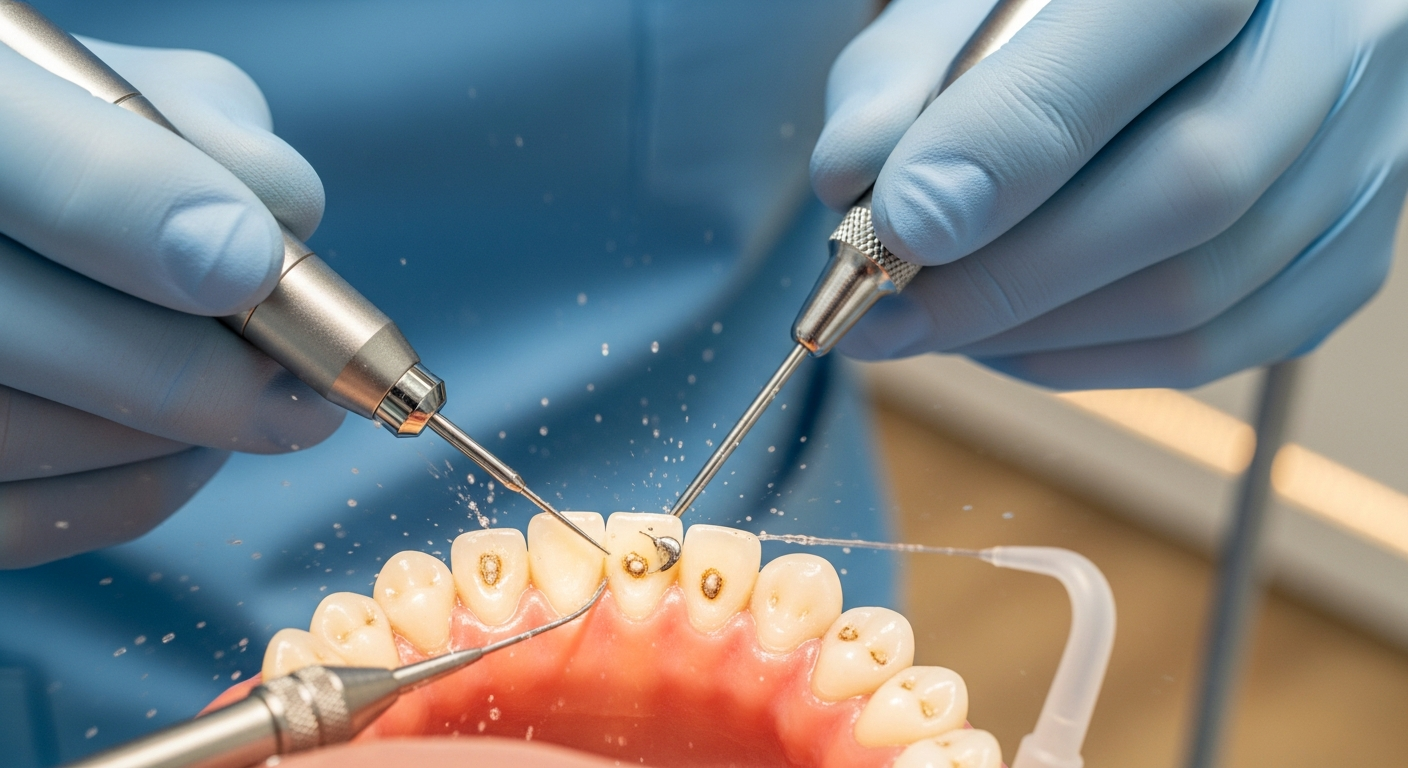
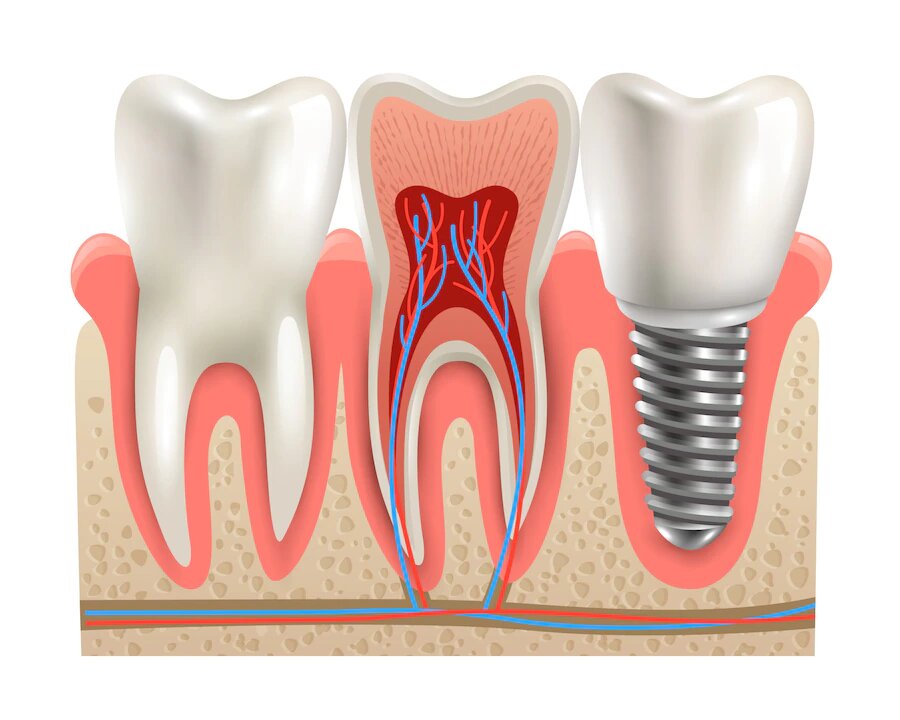


.avif)





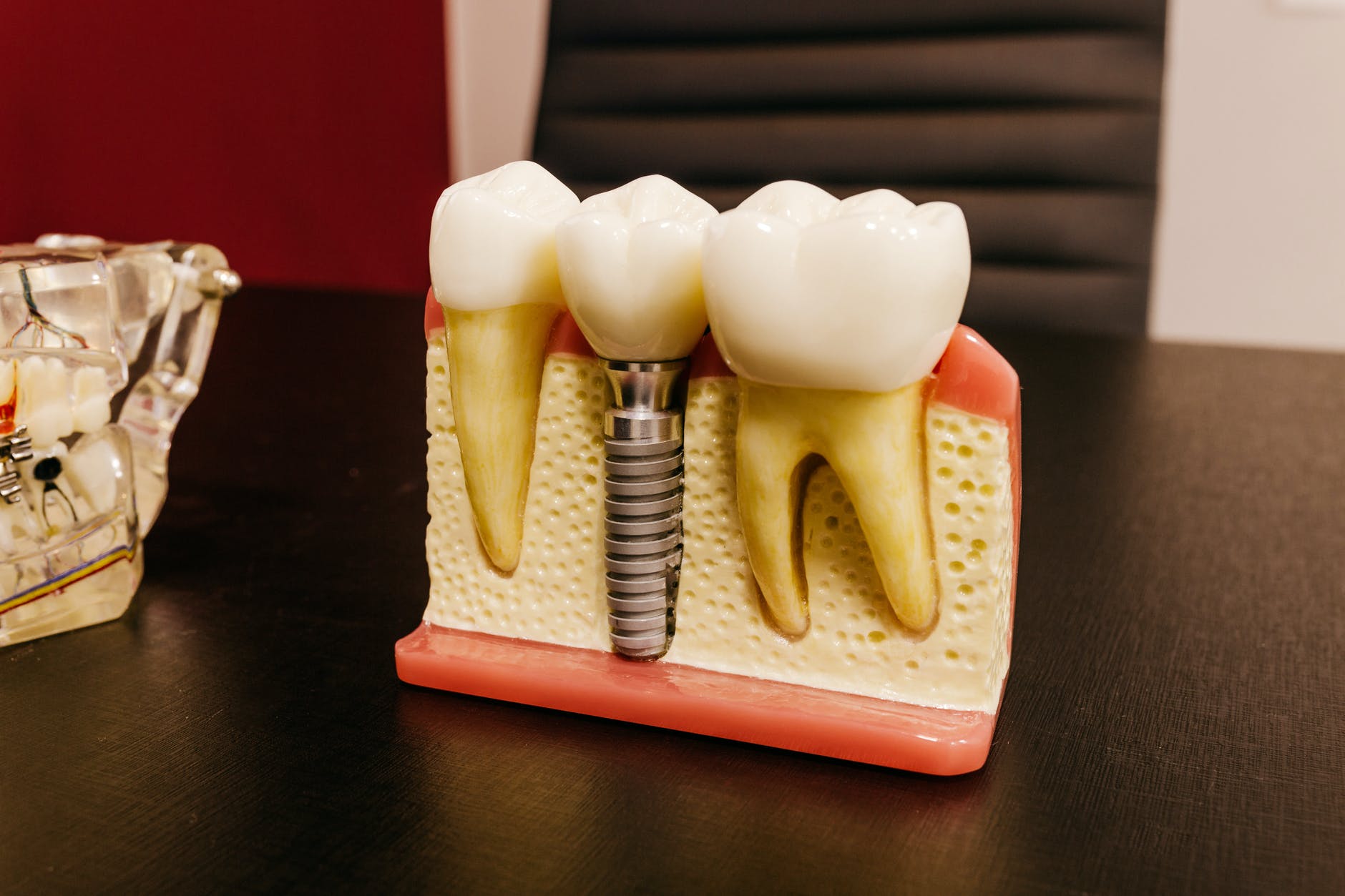











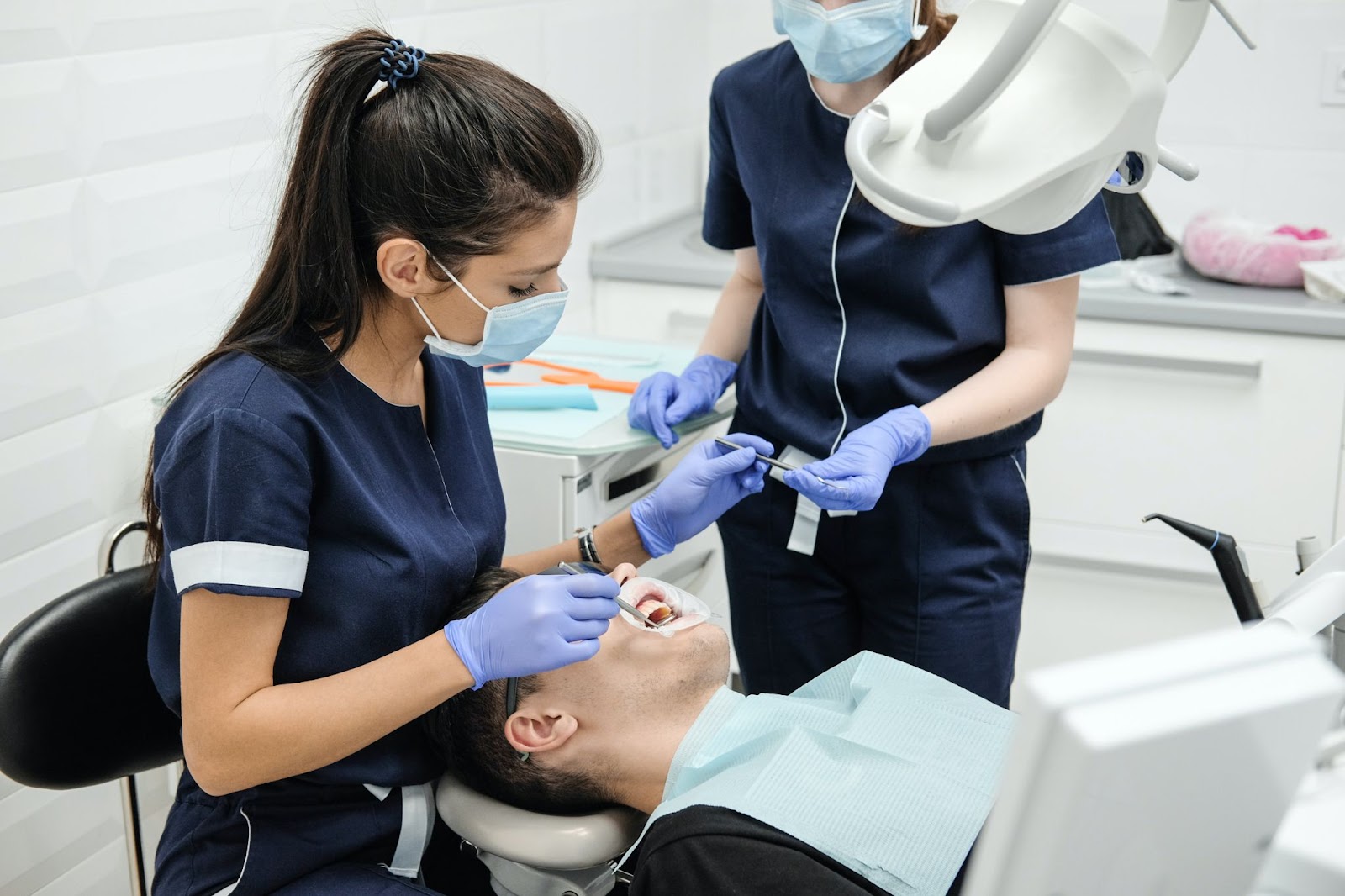



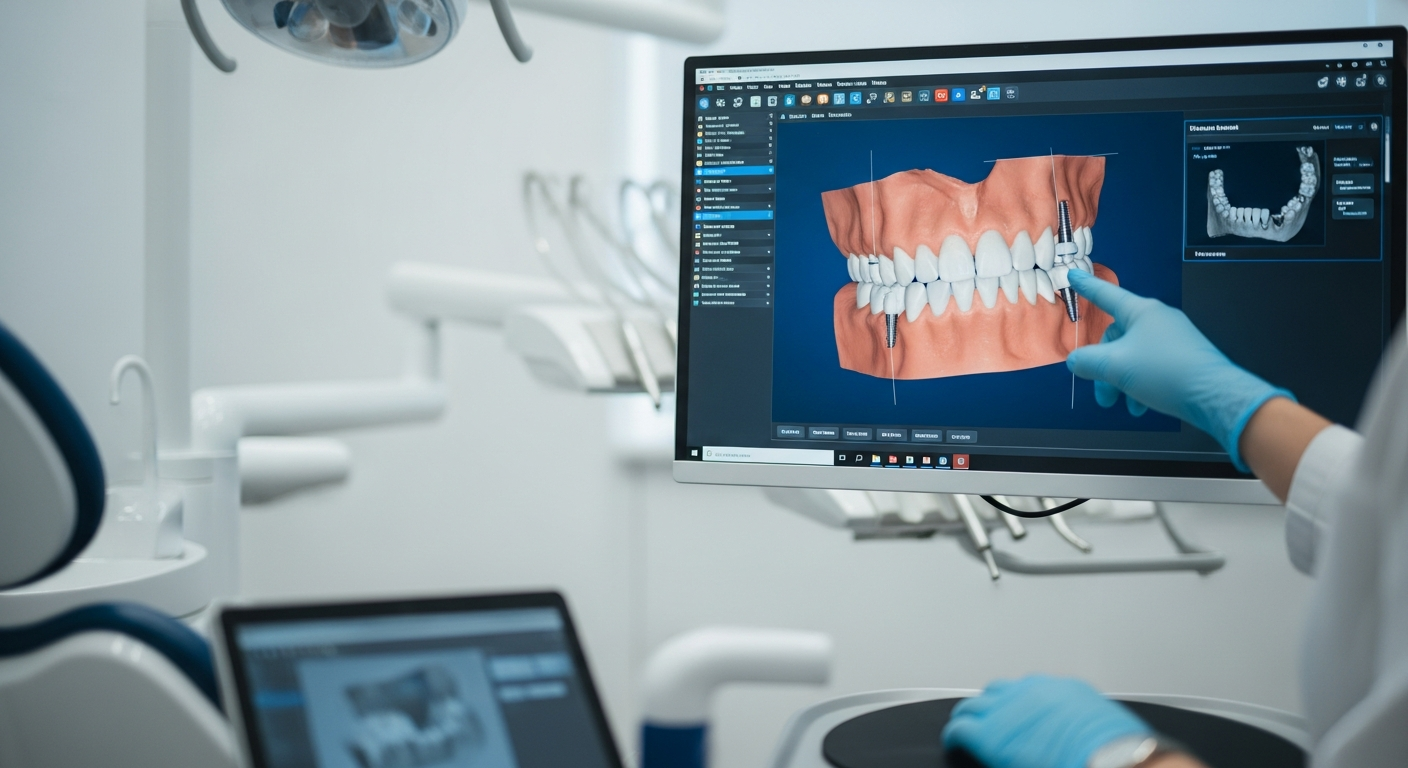
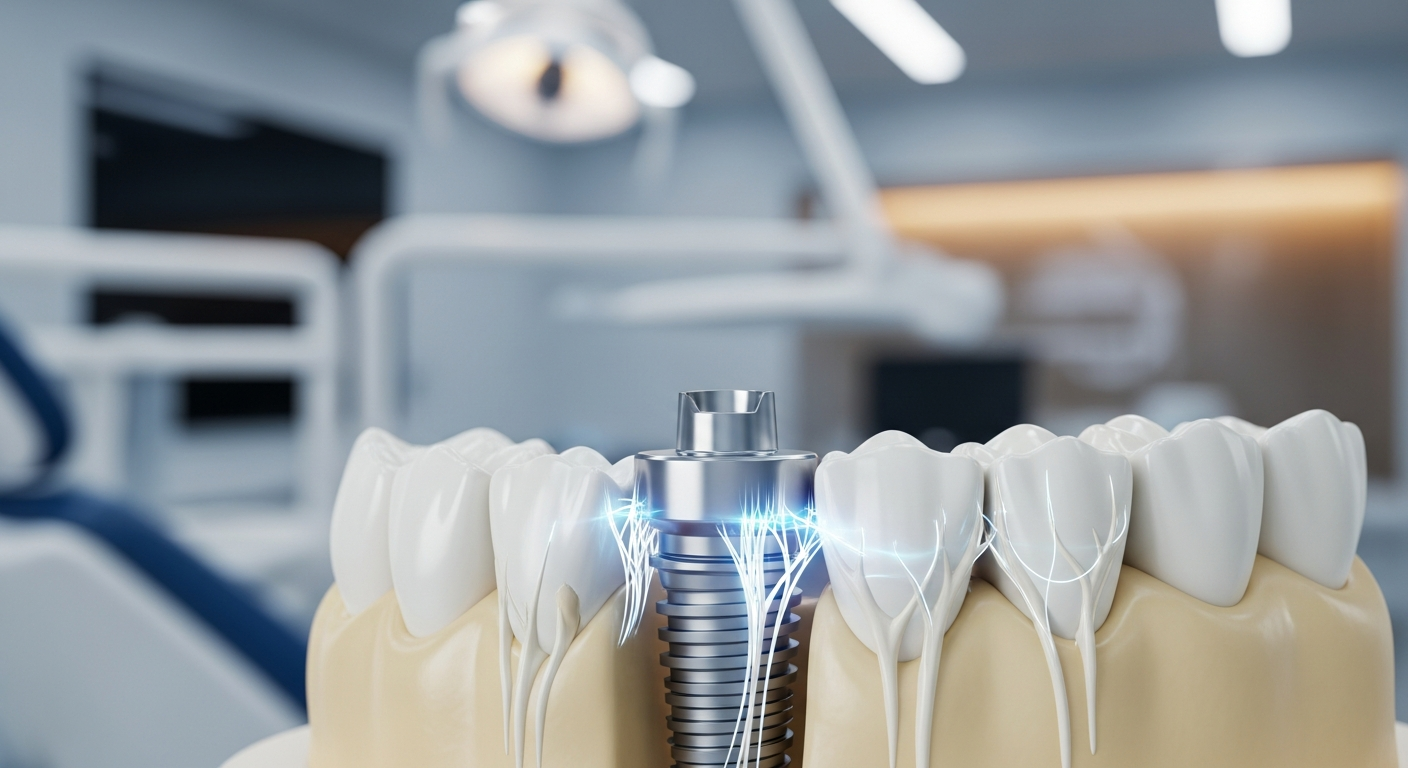










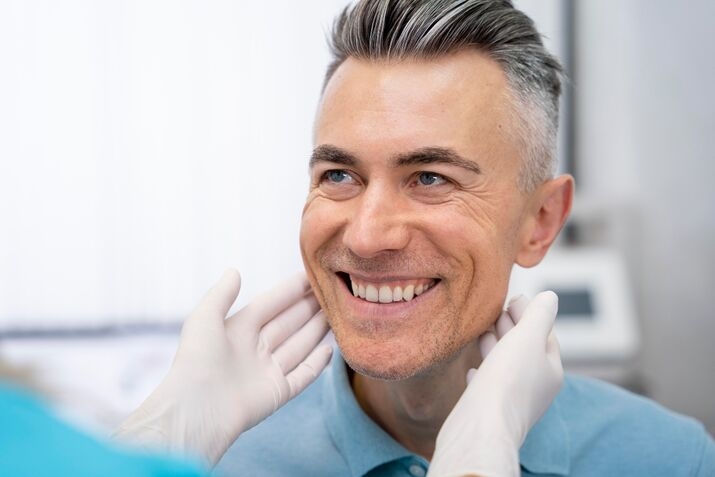
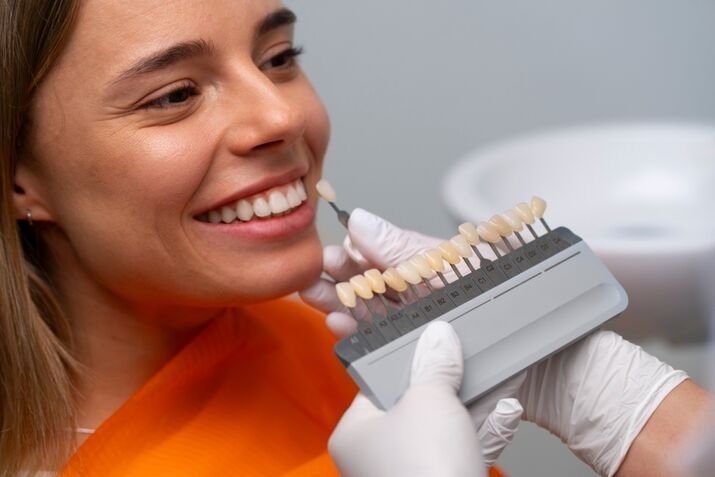


.jpg)

















.avif)


















.jpg)















